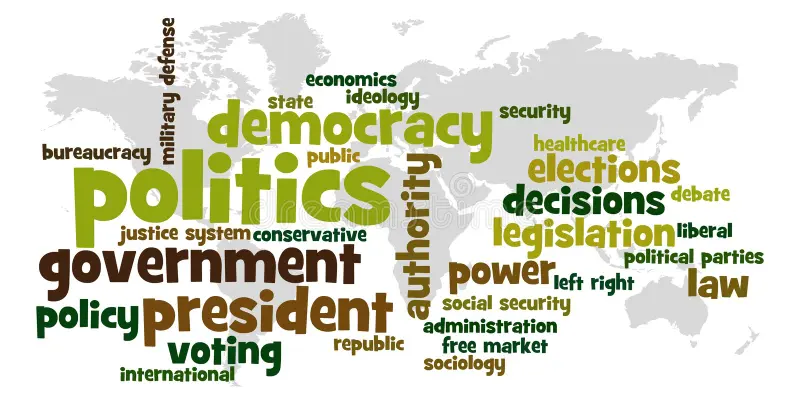However, the benefits of digital learning are not just limited to social and emotional well-being. Digital learning provides a platform for students to explore new subjects and to build skills, particularly in the areas of science, technology, engineering, arts and mathematics (STEAM). According to a report by the NMC/CoSN Horizon Report, “new forms of teaching and learning”, which includes STEAM education, will be among the top five technology trends in K-12 education over the next five years.
The use of digital technologies can also provide students with a more engaging and personalized learning experience. For example, the use of virtual reality (VR) and augmented reality (AR) in the classroom can transport students to new worlds, giving them an immersive experience that they would never have had otherwise. With VR and AR, students can explore ancient civilizations, learn about the anatomy of the human body, and experience simulations of real-world scenarios.
Digital learning also opens up new avenues for assessment and feedback. The use of technology enables teachers to give students immediate feedback on their work and helps to improve their learning experience. With online tools like quizzes and games, teachers can track student progress in real-time and provide them with the support they need to succeed. Additionally, digital portfolios can be used to showcase student work, allowing teachers to provide meaningful feedback on projects and assessments.
However, it’s important to acknowledge that digital learning also comes with its own set of challenges. The digital divide, where some students do not have access to the technology and internet needed for online learning, is one of the biggest barriers to digital learning. This can result in unequal opportunities for students, and put those who are already disadvantaged at a further disadvantage.
To overcome these challenges, schools and educators need to take a proactive approach to digital learning. This means investing in the necessary technology and infrastructure, as well as providing professional development opportunities for teachers to learn how to effectively use technology in the classroom. Furthermore, schools must work closely with families and communities to ensure that students have access to the technology and internet they need to participate in online learning.
Digital learning is quickly becoming a critical aspect of education in today’s tech-savvy world. However, for it to be successful, we need to establish a solid infrastructure that enables students to reap the benefits of technology in their education. To make this a reality, we must reflect on what aspects we can control and what we can’t, and work towards making progress in the right direction, no matter how small the steps may be.
The role of teachers in digital learning cannot be overstated. They play a crucial role in creating a positive learning environment that fosters digital literacy. By modeling appropriate online behavior and showing respect, they set the tone for students to follow. However, it’s essential to acknowledge that teachers can’t control everything, particularly the home environment. Hence, it’s crucial to equip students with the skills to drive their own learning, giving them the confidence to seek help and stay safe in cyberspace.
For students to become proficient digital learners, they need hands-on experience. Learning to use a computer is not the same as digital literacy. Allowing students to experiment with online learning platforms in a controlled environment, with guidance and support, helps refine their digital skills. With the right support, students can access a wide range of online learning opportunities, from gamified reading to massive open online courses (MOOCs). This can be a springboard to their future success.
One of the challenges facing digital learning is a lack of resources. However, there have been success stories where, with a little effort and resources, significant progress has been made. The Digital Literacy Programme in Kenya, DigiSchool, is a good example. With the help of solar power, almost 100% of primary school children and their teachers were provided with devices and trained in using technology effectively. The curriculum was updated to include multimedia content, and all target schools were connected to a power grid.
Despite the apparent benefits, there is still a fear that technology may harm children. However, we cannot afford to ignore the role of digital skills in preparing students for the 21st century. These skills are essential for success in the modern world and cannot be ignored.
In conclusion, establishing the infrastructure for digital learning requires a concerted effort from all stakeholders. Teachers play a crucial role in creating a positive learning environment, while students must be equipped with the skills to drive their own learning. With the right support, resources, and a commitment to progress, we can build a future where digital literacy is a given, and students have the skills they need to succeed in the digital world.
So, let’s embrace the digital revolution in education and take the necessary steps towards making it a reality. After all, the future belongs to those who are equipped to navigate it.
Read more:

















